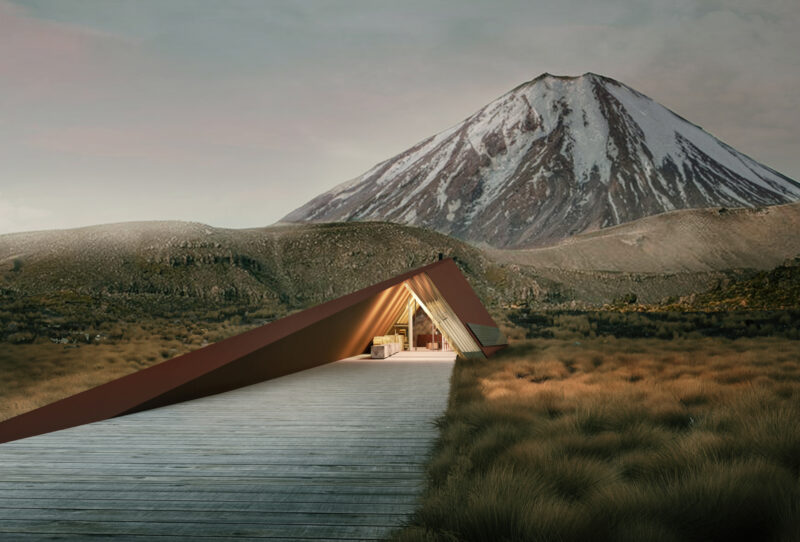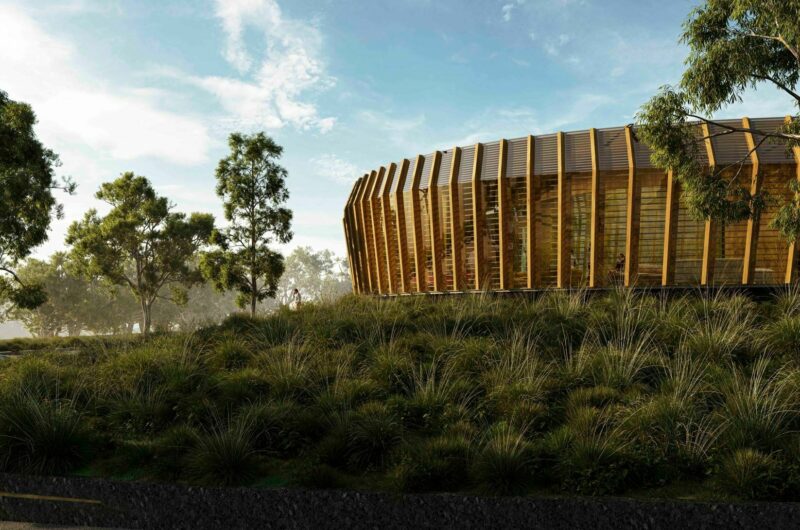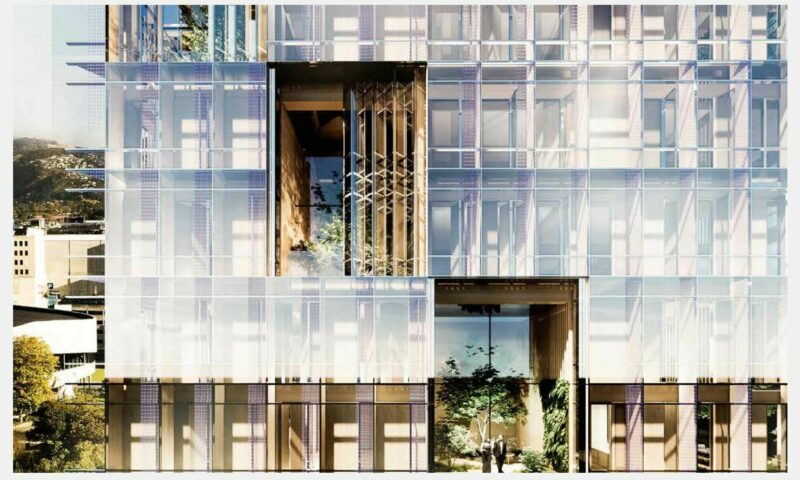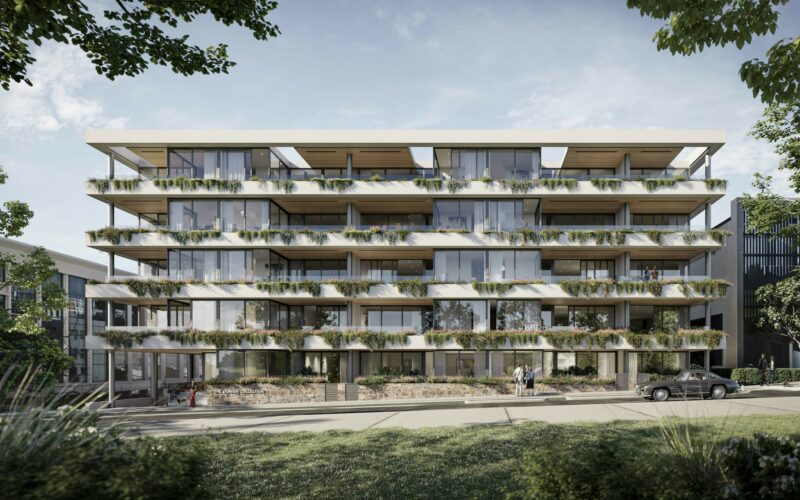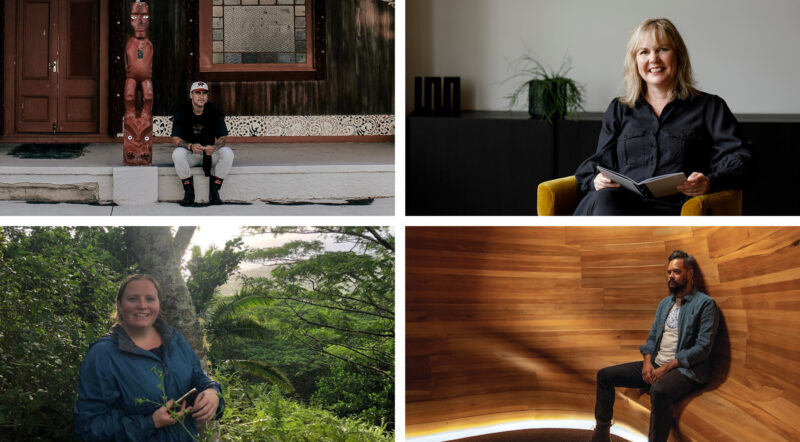How to build more houses, more quickly, while also making them places people want to live? It’s a challenge urban dwellers across the country will increasingly confront, writes Principal Mat Brown.
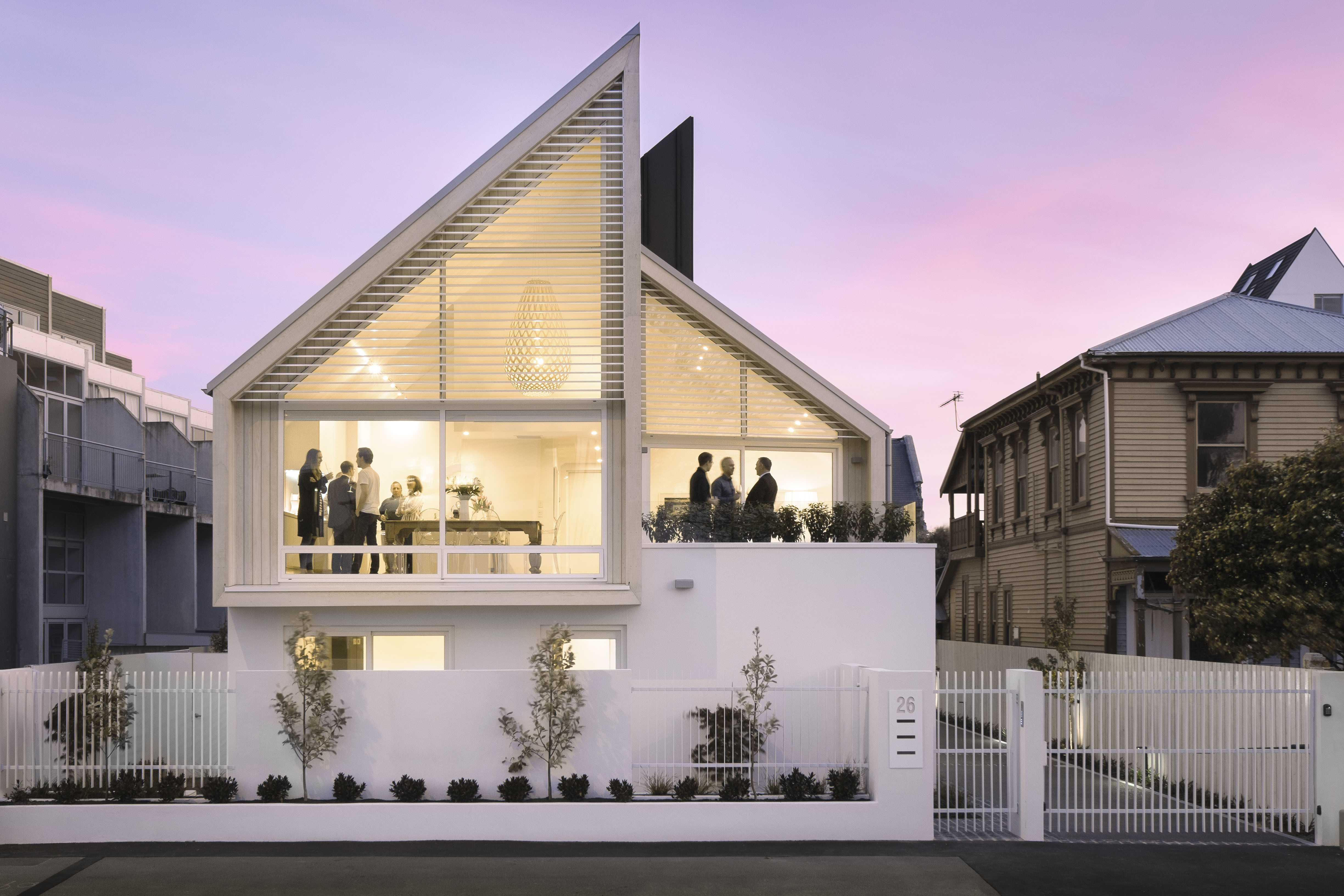
The idea of “design” holds a strange place in the New Zealand psyche. We pride ourselves on our ability to innovate, but when it comes to designing something well we only usually celebrate if we’re the first in the world to do it.
As an architect working predominantly on medium and high-density residential projects, I operate at a strange intersection of New Zealand cultural life. Housing occupies a place where consumerism and the idea of “public good” meet. It’s a place where Kiwi pragmatism and the comforts of home don’t always see eye-to-eye, and where the quarter acre dream and housing crisis scrap it out.
Designing within this context, finding solutions that balance all of the constraints to achieve the best possible built outcome, is complex. The debate surrounding the new Housing Supply Bill, which will influence the development of our cities, has been a reminder that it’s equally difficult for us to discuss what good design is, and the cultural cringe we feel when we argue in its favour.
It seems design isn’t much of a differentiator in Aotearoa. It might be because we like fitting in, or we simply don’t care about what other people drive or wear. Whatever the reason, we don’t tend to define ourselves by the things we own. We don’t have hard and fast rules about overt expressions of ourselves, except that it’s generally frowned upon.
As we’re a young multicultural nation, perhaps this isn’t surprising. Our rush to join the global open market means we’ve struggled to recognise and establish our own collective cultural constructs. It’s fair to say that we’ve long been the adolescents of the western world, still finding our place and ourselves.
This rate of change has suppressed the need to do things well. It’s said that when it comes to speed, quality and saving money, you can only have two out of three. In the fast-moving context of New Zealand’s cultural change, investing in quality outcomes has often been secondary to getting the job done. Leaky homes anyone?
The danger of course is that once good design is culturally suppressed, arguing in its favour becomes more difficult. Without a common understanding of what good design is, it’s hard to even have a conversation about it. It’s a bit like taking an American to an All Blacks game. They might enjoy the spectacle, but probably have a hard time talking about it in the pub afterwards – and definitely couldn’t play the game themselves.
So, we find ourselves in a difficult position. The Housing Supply Bill has brought the need for good design into the spotlight, and we find ourselves unprepared. Suddenly we’re challenged to balance a rapid response to the housing shortage with the desire to ensure the built environment is the one we want.
The bill will increase the size of homes that can be designed and built without resource consent. Once a home exceeds certain constraints, the effects of the design are assessed. Under the proposed changes those thresholds will be higher, meaning that new homes can have greater effect before anyone needs to consider what that design means for the people who live there, or the community around them.
Increasing the density of our cities is a great thing. It makes our cities work better through the utilisation of infrastructure, it increases housing choice and makes stronger communities. However, a denser city is more complex with less room for error. When you design bad buildings, it has a long-lasting impact. It can affect a city’s prosperity, health and social outcomes.
The risk we’re facing is that these new homes will be defined by the lowest bar. In absence of a resource consent process, that boils down to the building code, and whatever people will buy.
Right now there’s no shortage of demand. Thanks to the housing crisis, Aucklanders, it seems, will buy almost anything. That leaves the technical requirements of the building code defining our suburbs. While there’s a good argument for prioritising warm, dry and safe places to live, we need to ask ourselves whether this is enough.
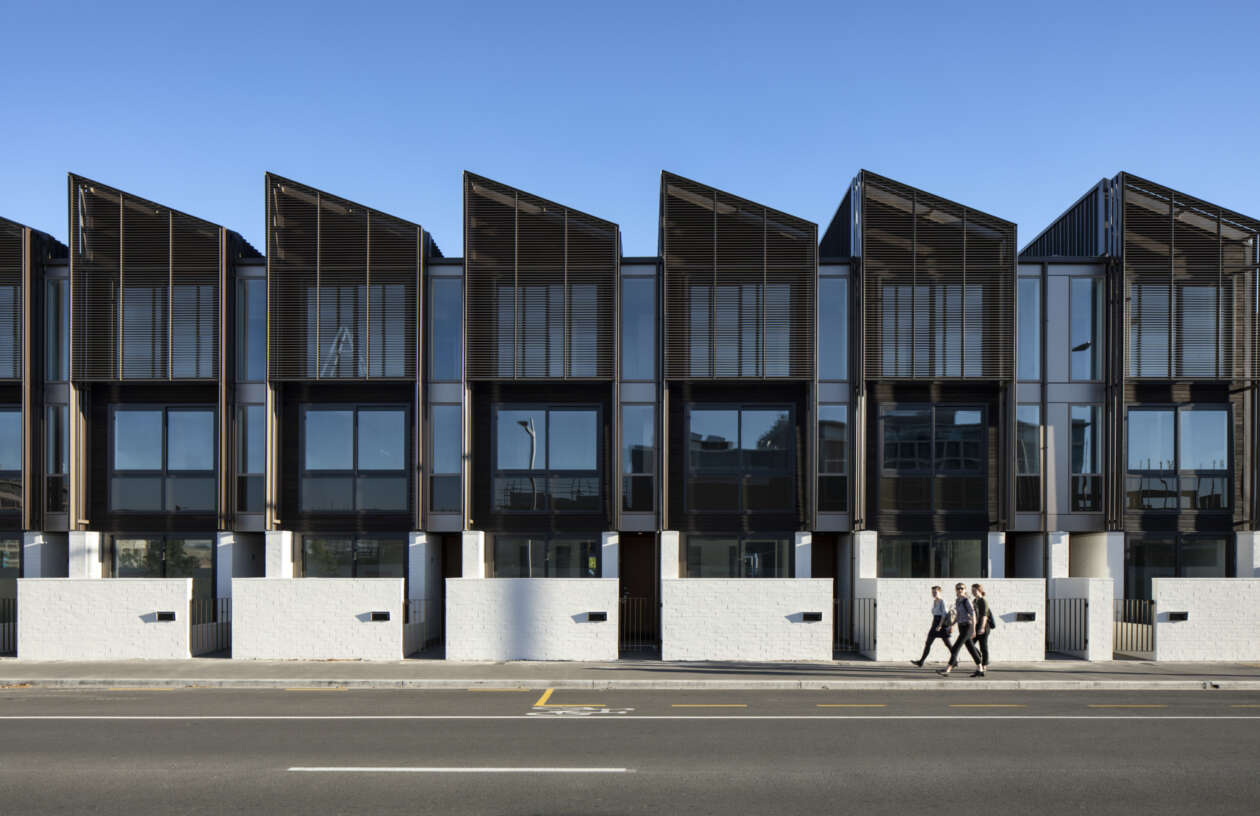
This isn’t an argument for beauty. It’s about whether good design outcomes, and the benefit they bring, can be ingrained in the constraints and processes that govern the design of our homes.
Therein lies the tension. For many people who might be sitting on the fence, mandating “good design outcomes” probably sounds subjective enough to put them off the idea entirely. The idea that we might need to think about how a building looks, works, or affects the way we feel – and that this could stand in the way of getting it built in the first place – can be contrary to our ingrained cultural instincts. Equally, though, when the diggers start up next door we suddenly seem to become very interested in high quality design outcomes.
One of our cultural misconceptions is that houses are designed by architects – people trained in understanding the spatial and emotional outcomes of a design. In fact, architects will design fewer than 10% of the houses enabled by this bill. Rather, they’ll be designed by people invested in the difference between the cost of development and the ultimate sale price. This isn’t to say that architects should design everything. But we need to ask how well the industry will respond when the gates to intensification open and developers are asked to solve the complexities of density.
At the heart of this issue is the need to make sure that these houses create sustainable and successful communities. Good design should go beyond comfort – it should make people feel safe, encourage social cohesion, inspire them and provide them with natural and built amenities. It needs to address the environmental and financial impact of what’s already been built, and help re-balance the inequities we see in our society.
The ultimate solution to increasing design quality is to shift demand. Increased public awareness of what makes a good home, and how it contributes to its neighbourhood, would encourage a shift in supply. However, as our populations continue to move towards urban centres, and housing shortages remain, this cultural shift remains unlikely.
It appears the Housing Supply Bill will be accompanied by design guidelines aimed at reducing the chances of bad buildings. However I can’t help wondering how a single set of rules can possibly anticipate and resolve all the design issues inherent in the denser cities of the future.
The answer to all of this will be as complex as the question itself. We’re unlikely to scrap the blunt instrument of a rules-based system – leaving gaps to be exploited, and holistic outcomes out of reach. Equally, creating a shift in demand towards quality will be difficult and take time.
The way in which New Zealand balances the need for progress with the need for positive social outcomes will be a test of our country’s cultural maturity. The Housing Supply Bill and the framework it establishes over the coming months, coupled with the industry’s response, will define how we see ourselves and the things we, as New Zealanders, believe are important.
Mat Brown is a Principal at Warren and Mahoney and co-presenter of 76 Small Rooms, a podcast about architecture in Aotearoa, New Zealand.


